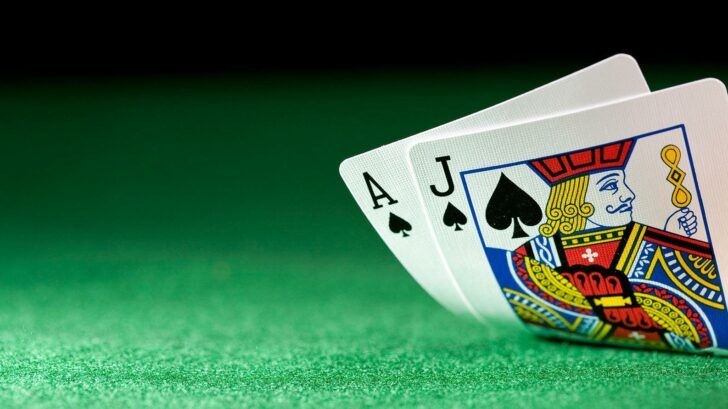The Beauty of Unbalance: What an Unbalanced Count Means When Counting Cards

Have you been telling yourself that card counting is not for you? This article will make you change your mind.
If you want to master the art of winning at blackjack, it all comes down to knowing your strategy well and learning how to count cards. But here’s what you didn’t know about blackjack: you don’t have to be a math genius to figure out how you can lower the house edge and beat the dealer.
We’ve recently provided you with a few tips on how to learn basic blackjack strategy in no time, so now it’s time to reveal a few tricks about card counting systems. There are actually several techniques you can try out and some of them are very easy to master, as they eliminate the most difficult part of the technique: the division.
Today we’re going to introduce you to unbalanced counting systems. Say goodbye to true count conversion! Try these easy methods instead and you’re guaranteed to get a small advantage over the dealer. That’s a very good reason to keep on reading…
Balanced vs. unbalanced card counting
Most of the popular card counting systems used by professional blackjack players are “balanced”, meaning that the sum of the values assigned to each of the cards you’ve counted ends up being zero.
Take the Hi-Lo system for example: cards from 1 to 6 have a value of +1, while 10s, picture cards and Aces are worth -1. What you’re supposed to do is add the value of all cards played and the sum will be known as the running count. Each deck has low cards worth +20 points and high cards worth -20, but adding them results in 0.
When you’re playing multiple decks, things get a little bit more complicated. In this case, you have to adjust the running count and this is done by mentally dividing the running count by the number of decks remaining in the shoe. This will give you the “true count” and it is very important that your calculations are accurate here.
But for most casual blackjack players, this seems like too much to handle. So instead of practicing, they decide to give it all up. This is why professionals came up with unbalanced card counting systems, which don’t require converting the running count into a true count. Simply put, that means less math.
How unbalanced counting works
When you’re playing blackjack using multiple decks, opting for one of the unbalanced systems makes card counting a lot easier. Reading up on these techniques is very useful and there are plenty of great books that explain and analyze them, but we’ll quickly explain the two main unbalanced card counting systems.
The Red 7 Count is a popular technique used by casual blackjack players. Cards 2 to 6 have a value of +1, same as red 7s; black 7s, and cards 8 and 9 have a value of 0; 10 and Aces are worth -1. Start practicing as much as possible. You know you’re doing it well if by the time you go through a deck of cards your running count is +2.
The Knockout Count card counting system is similar to the Hi-Lo system. The only difference is that 7s are assigned a value of +1, just like the low cards. So cards 2 to 7 are counted as +1, 8s and 9s have zero value, and 10s and Aces have a value of -1. The final count after a single deck is +4.
Both of these unbalanced card counting systems are most effective when used in 6-deck games, where you can achieve a bet spread of at least 1-12. The downside is it’s not very effective in single or double deck games.
Are unbalanced counts efficient?
Experts have long debated the efficiency of these card counting techniques, and while many of them argued unbalanced systems weren’t as accurate as the more traditional ones, complicated computer simulations have proved that they are in fact powerful enough to help players gain an advantage over the casino.
The fact is unbalanced counts are easy to use if you’re playing for long periods, because they’re not as mentally tiring as the Hi-Lo system and this is very important as players can stay focused for longer periods of time. Of course, the biggest advantage of unbalanced card counting systems is that they are much easier to learn and apply, while offering significant results at the same time.
So if you thought card counting is not for you, think again and give it a try. You’ll feel much more confident when you’ve mastered a few tricks that actually help you beat the dealer at blackjack.




